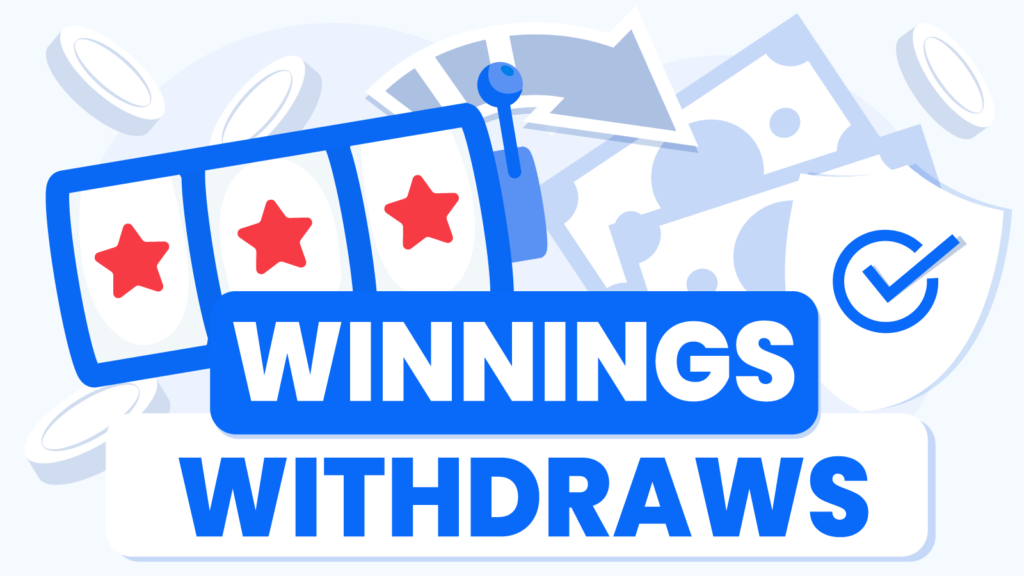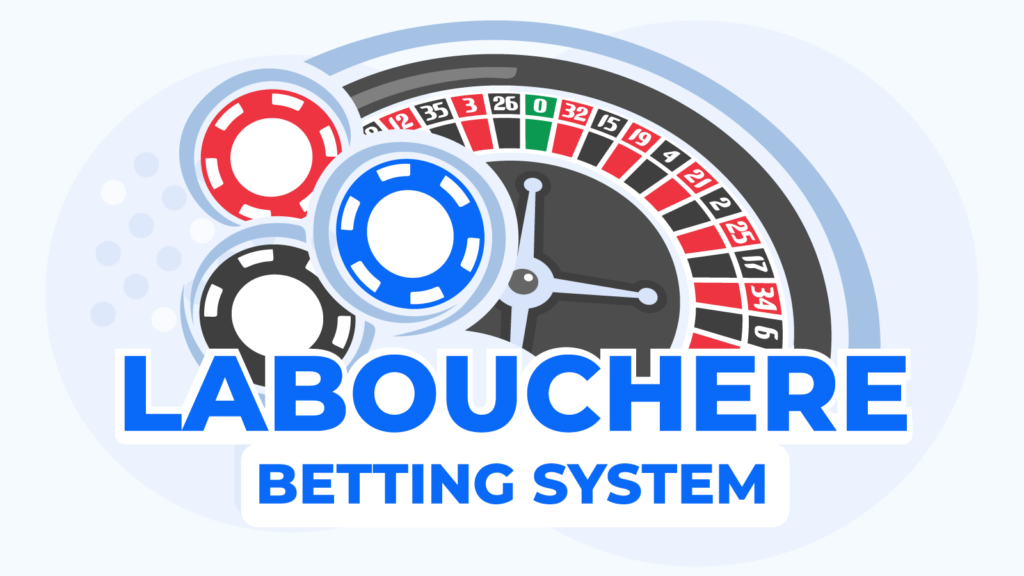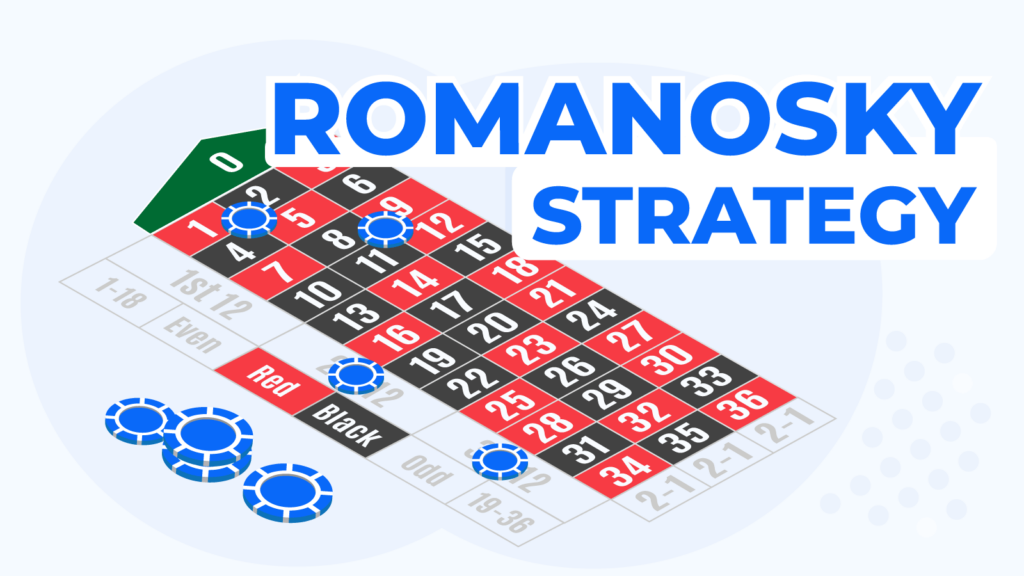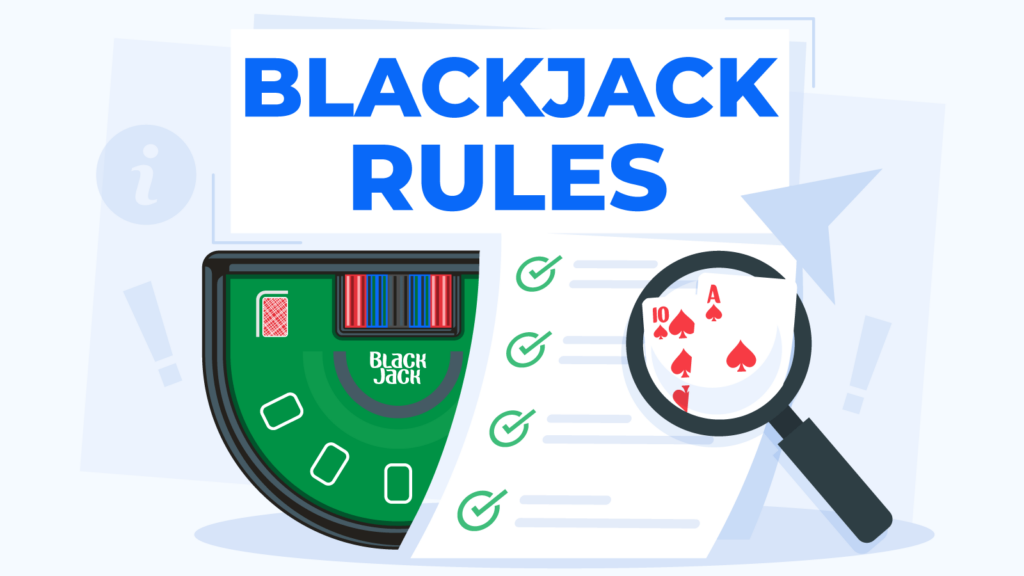
How to Play Blackjack: Ireland Beginner's Guide in 2025
All the information in this page was checked by:
Every piece of information we present is rigorously verified by our team of experts using multiple credible sources, ensuring the highest level of accuracy and reliability.
We have paid partnerships with the online casino operators featured on our site. We also earn commissions when you, the user, click on certain casino links. These financial partnerships do not affect our reviews, recommendations, or analysis. We remain committed to delivering unbiased gambling reviews. For more details, visit our Advertiser Disclosure page.
Learning blackjack is easy once you know the basic rules. Your main goal is to beat the dealer by getting closer to 21 without going over. Number cards count as their value, face cards are worth 10, and aces are 1 or 11, and these are pure basics.
In this guide, CasinoAlpha IE experts explain blackjack rules for Irish players, show you when to hit, stand, double down, or split, and also present to you how table rules affect your odds.
- Blackjack Basics: Beating the Dealer at Irish Tables
- Understanding Card Values in Blackjack (Aces to Kings)
- The Flow of a Blackjack Game: From Bet to Payout
- Your Move: Hit, Stand, Split, Double & Surrender
- Essential Blackjack Tips for Irish Players
Blackjack Basics: Beating the Dealer at Irish Tables
The primary aim of Blackjack casino games in live sites IE is to obtain a better hand than the dealer through your actions.
All players make their entry at the table with an initial wager. Your bet is declared a winner if your cards’ total value is higher than theirs.
Still, when your hand goes over 21, you go ‘bust’, and your wager is lost.
The basic requirements for a Blackjack game
- A standard 52-card pack, or up to 8
- A dealer
- At least 2 players, usually up to 7
The rules are different for each of its many versions. Examples include Spanish 21, Switch, Free Bet Blackjack and Super Fun 21, to name a few.
Payout odds in Blackjack game also vary with each variant. Each comes with its peculiarities, but game rounds flow almost in the same way.
When playing on top online casino sites Ireland, the house edge ranges from 0.28% to 0.5%.
Blackjack as a card game
The game of 21 is one of the most attractive card games for a reason. Anyone can learn the simple Blackjack rules and apply basic strategies. Anyone can learn the simple rules and apply basic strategies like how to split blackjack pairs effectively.
You don’t need a trip to the casino to put your skills to the test. Blackjack can be played as a card game from home on Irish casino sites 2025.
Blackjack at home rules
The rules of Blackjack are slightly different outside casinos. Obviously, at home, you don’t have a permanent dealer. All players take turns being the dealer.
Moreover, you can customize your sessions with alternative rules like resplitting, surrendering, dealer peeks and so on.
Practising with your friends will train your eye for the game’s subtleties. You can try various strategies and see what works best.
Understanding Card Values in Blackjack (Aces to Kings)
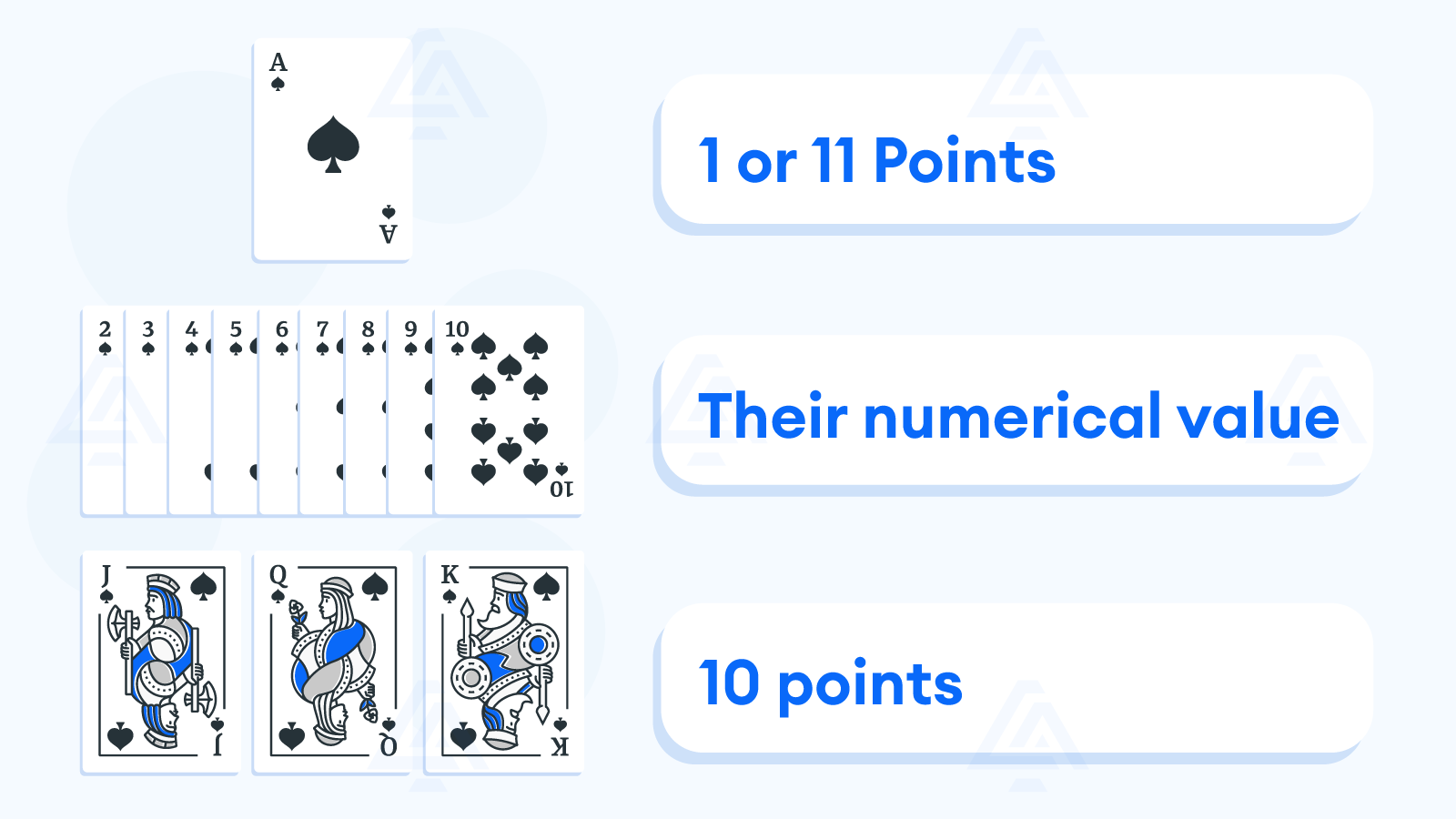
| Card | Value |
|---|---|
| Ace | 1 or 11 points |
| 2-10 | Their numerical value |
| Jack | 10 points |
| Queen | 10 points |
| King | 10 points |
Each card is assigned a value. Number cards hold their numerical value, while face cards are worth 10 points each. The ace is the most valuable card since it lets you choose whether you value it at 1 or 11 points.
Blackjack round example
If you get points below 21 but you’re still higher than the dealer, or your cards total precisely 21, your bet is a winner.
The exception is when they have a Blackjack hand as well. If that happens, your stake is returned.
The Flow of a Blackjack Game: From Bet to Payout
Master the game with our short guide. We’ll walk you through all the stages of a round and pinpoint the simple Blackjack rules in the process.
The Initial Deal
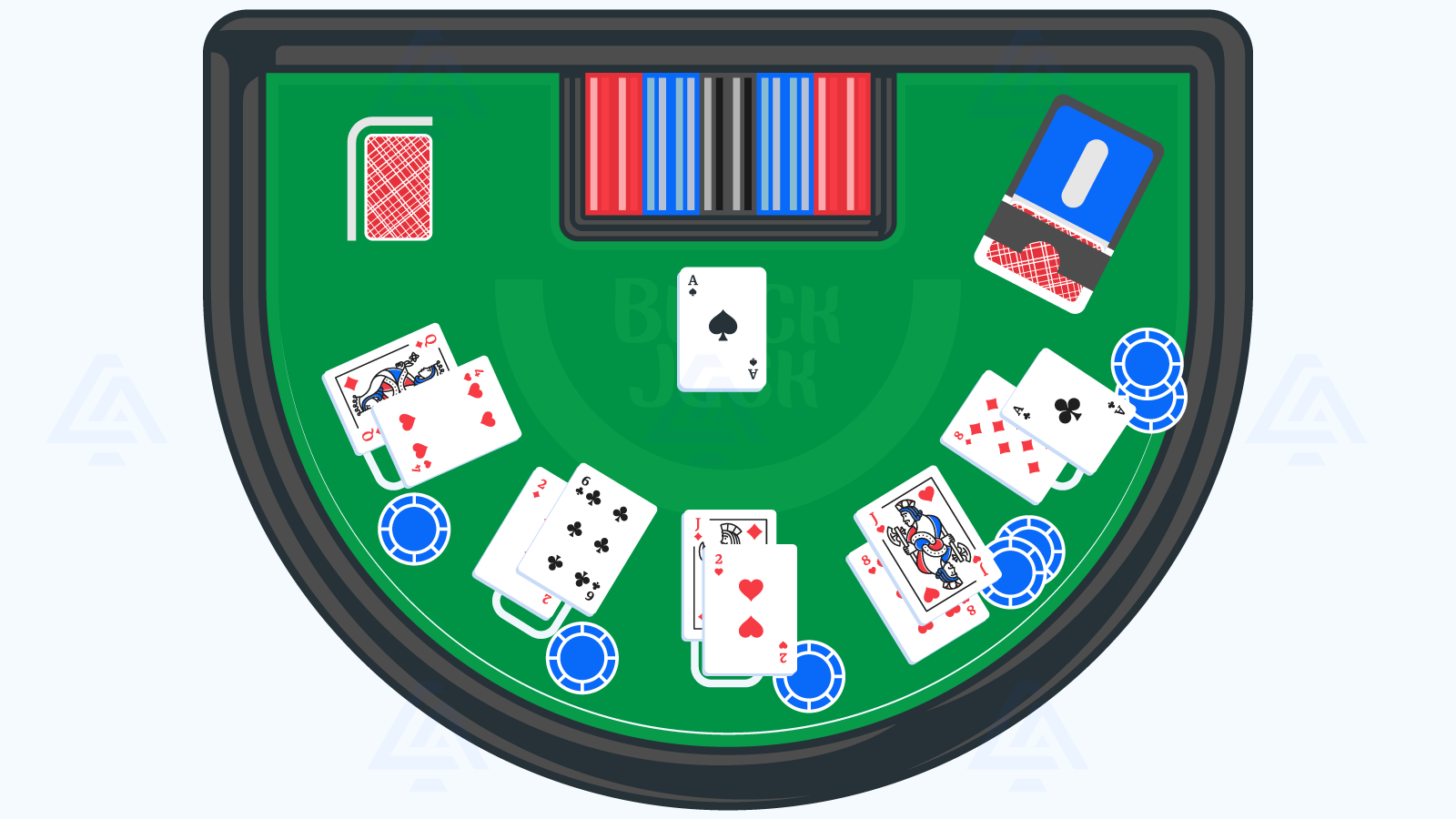
- Initially, players must place a bet with their chips within the table’s betting limits.
- Then, the dealer shuffles the cards, cuts the deck, and hands each player 2 cards.
- He deals all cards face-up, except for his last card, which remains hidden until all bets are settled – the ‘hole card’.
In single-deck Blackjack versions, cards may be dealt face-down. However, this rule is hardly applied in casinos nowadays since most use more than one card deck.
Player Action: Which way to go?
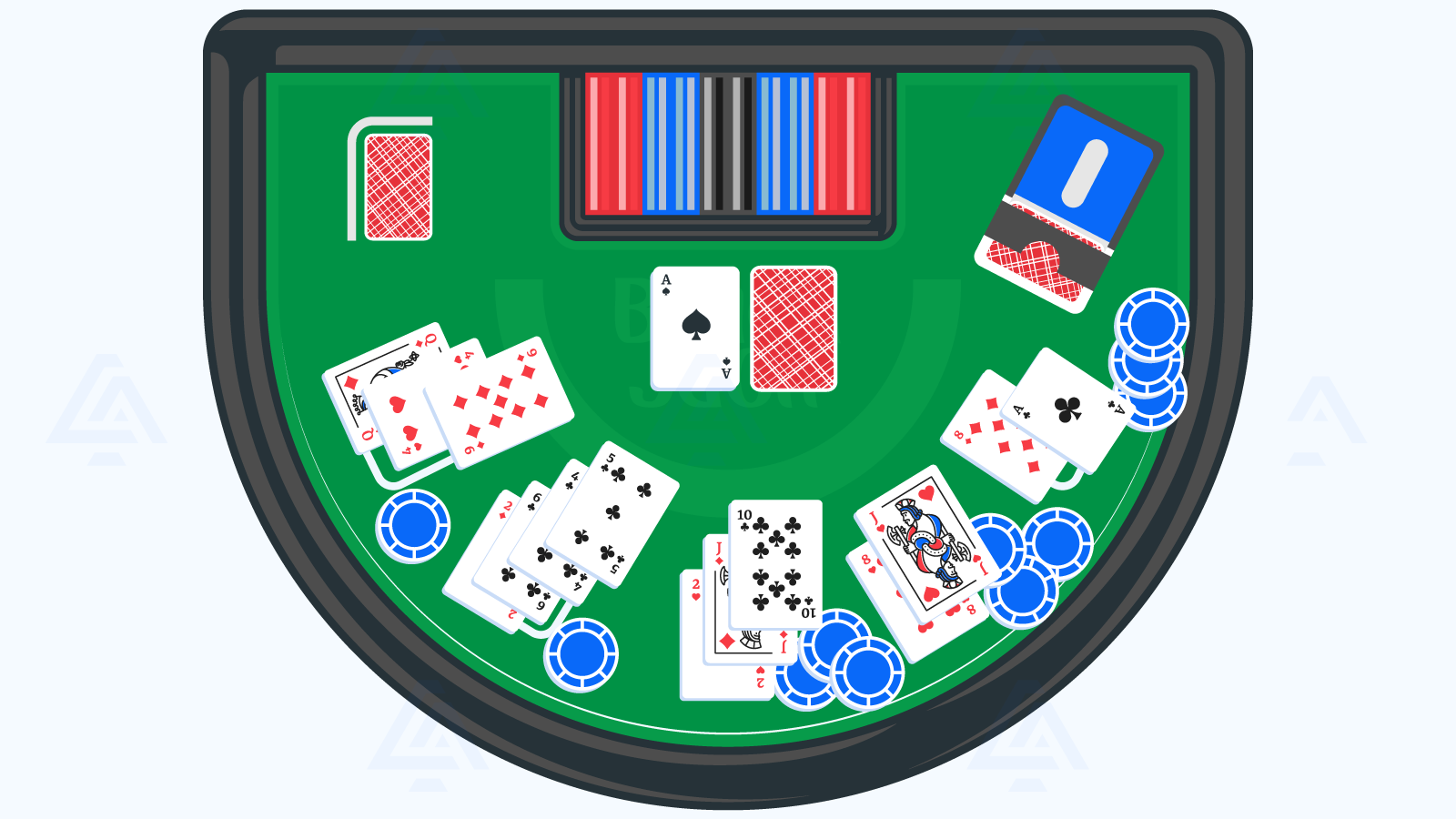
Players analyze their hands and decide on the available routes while the dealer keeps his second card face-down.
The dealer leans to each player, starting from the left, and after that prompts them to decide.
Will they stand, content with their points, or ask for another card in the hope of getting closer to 21?
Dealer Action: Closing bets
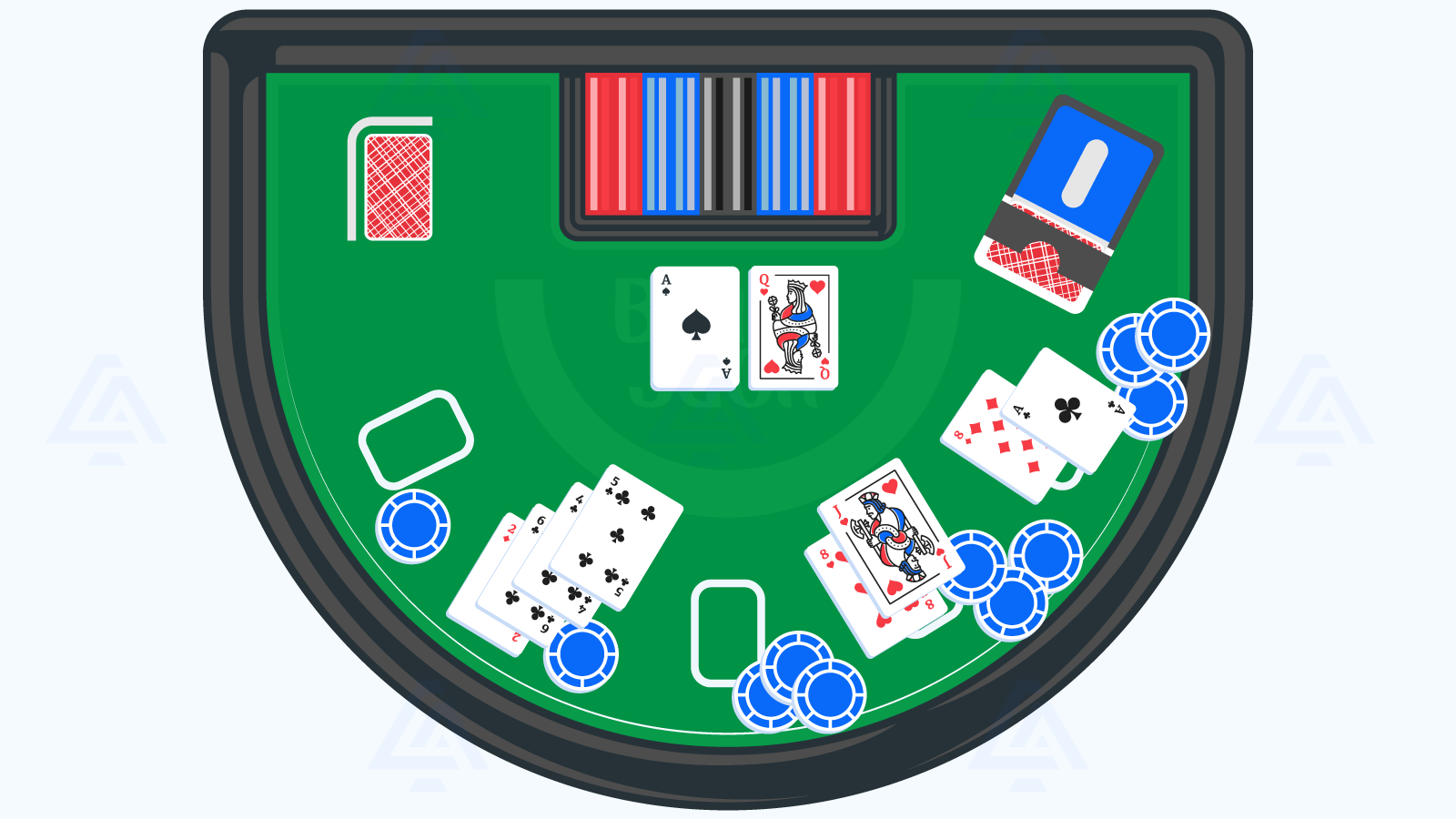
As soon as all players are served, the dealer’s hidden card is revealed, and all bets are closed.
Blackjack rules constrain dealers to act in specific ways
If their total points are below 17, they must draw one card and continue to draw until the hand reaches 17 or more.
When the dealer has an Ace, they must count it as 11 points to bring the total to 17.
Their actions of collecting bets and dealing cards don’t differ much across Blackjack variants. If you decide to play online at live dealer casinos, you’ll see that a Live Blackjack round follows along the same lines.
Let’s see what happens when the dealer is done adding up his points.
Bets settle
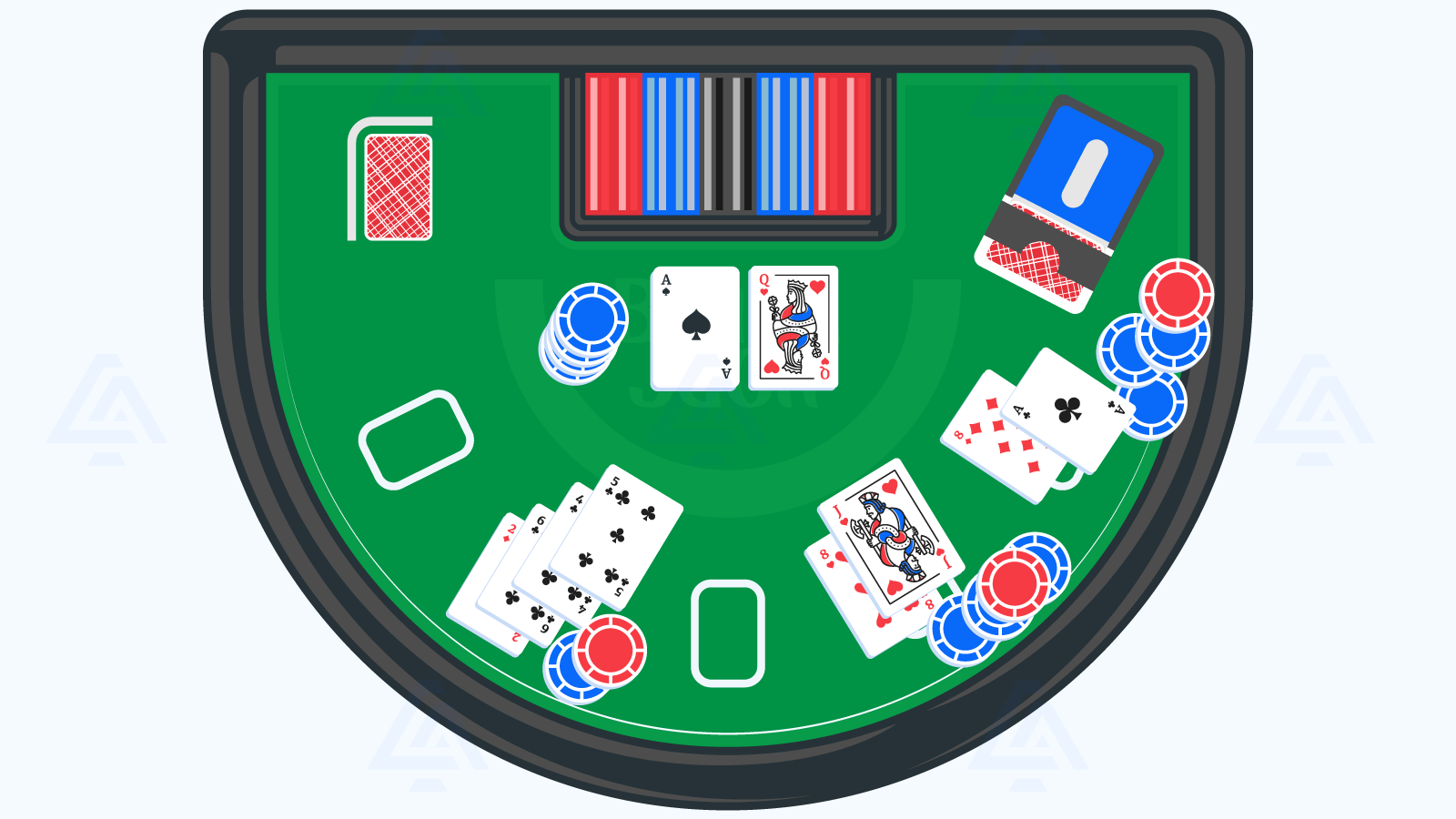
The final step in a round is the settling of bets. Now it’s time to reveal the hole card and compares the dealer’s total with the other players at the table. If you were unlucky enough to bust, your bet was settled there on the spot.
What’s the last step?
The rules of Blackjack state that when the dealer goes bust, he must pay all players who haven’t.
But if his total is 21 or less, only players with more points will have their bets paid. Obviously, for those with a lower total than the dealer’s, the wager is lost.
When bets are settled, the dealer reshuffles the decks and proceeds with the next round, following the same pattern.
Your Move: Hit, Stand, Split, Double & Surrender
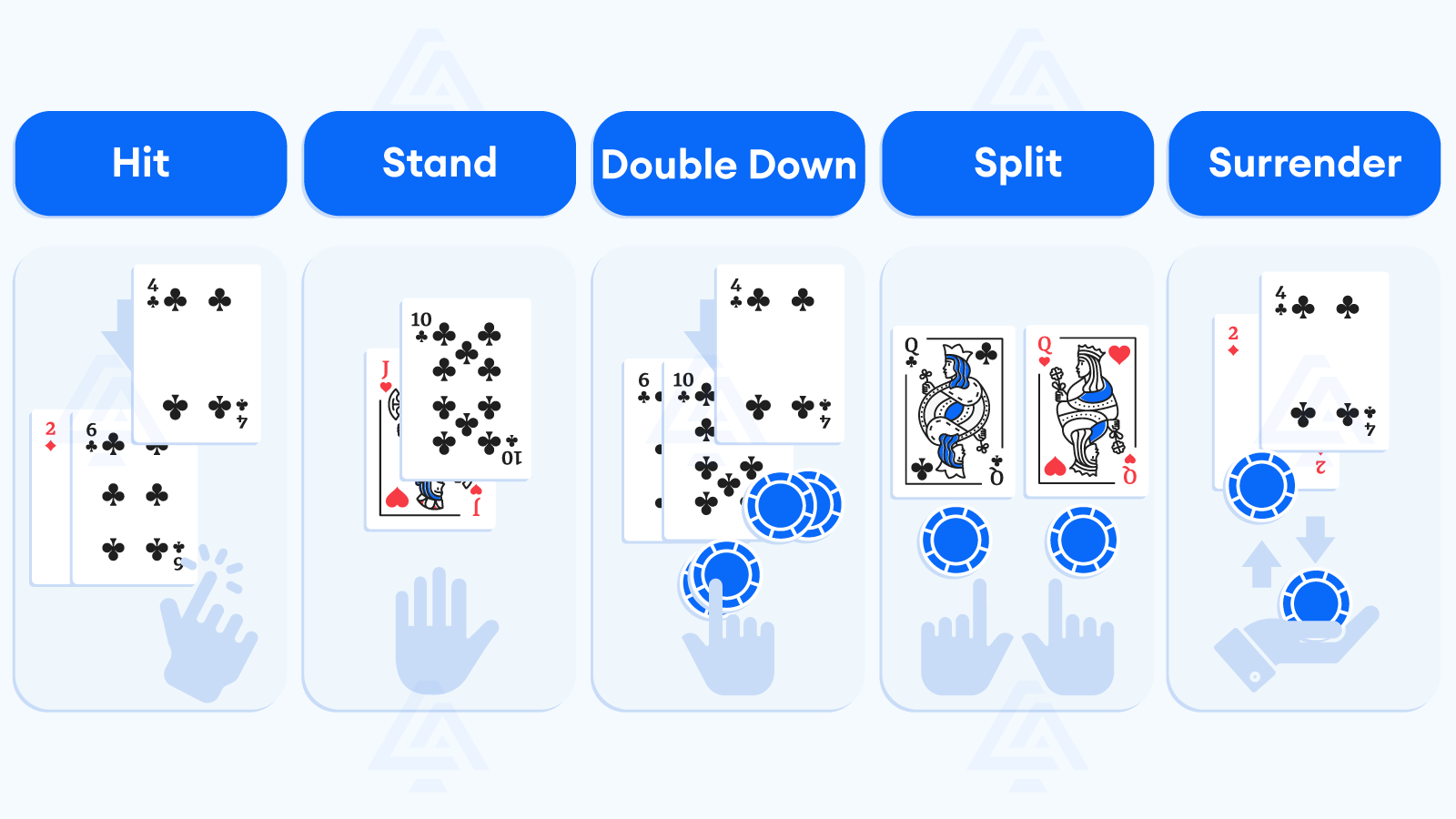
Hit
Hitting means you’ve analyzed your hand and concluded that it is weak. In other words, your total points are too low. Therefore, you ask to be dealt another card.
How to Hit in Blackjack?
- In land-based casinos, this is done by tapping on the table.
- If you play online, you’ll have a dedicated button on-screen for this action.
Insurance bet in Blackjack
In some Blackjack games, if the dealer’s up-facing card is an Ace, you are offered a special side bet called an insurance bet.
This is insurance against the probability that the dealer’s hand may be a ‘Blackjack’. You can then stake half of your main bet, which will pay out at 2/1 odds.
If the dealer’s upcard is an Ace, you may be offered a blackjack insurance bet. This is a side bet against the dealer having a Blackjack, and you can stake half of your main bet for a 2:1 payout.
Stand
When you’re happy with your points, it means you don’t need any more cards from the dealer. That’s called ‘standing’ in Blackjack terminology.
You ought to stand in certain situations to prevent busting. The best example is when you feel the dealer himself may bust.
Double Down
Doubling down comes to your aid when you’re confident that your hand is better than the dealers. In a nutshell, you get to place an additional wager of the same value as your first bet and receive one extra card.
This should not be confused with the Martingale strategy in blackjack, which involves doubling your stake after every loss.
Doubling down as a Blackjack player action is an option you may use only after you are dealt your initial cards.
Split
Splitting allows you to make 2 hands when you are dealt a pair of cards. If you’re dealt a strong pair of 10-valued cards, say a double Jack, it’s best to split it into two hands when your turn comes.
You redirect your initial stake to one of the newly created hands and place an equal wager on the other to perform this operation.
This changes the next steps
From that turn onwards, a player who uses this option is treated as if they were 2 individuals. They must stand or hit for each hand separately, from left to right. The wagers, on each hand, are also settled independently.
Splitting example
Let’s say you are dealt a double 10 and choose to split.
You hit one more time for each card, and you are dealt a Jack on the left hand and a 4 on the right. Suppose you hit one more time and get a 3 to the left and a 6 to the right. In that case, your left hand is bust since you’ve gone over 21, but you may still win with your other hand.
Surrender
Surrendering is an optional Blackjack rule that allows you to fold your hand and forfeit half of your stake.
Chances are you’ll be dealt very poor cards at some point, and this rule may come in handy.
For example, you get a 2 and a 3, an awful hand. When you surrender, you get half of your stake back and skip the current round. Maybe next time, you’ll get better cards.
Essential Blackjack Tips for Irish Players
- The aim of blackjack is to have more points than the dealer without exceeding 21.
- Anyone can learn the simple rules of Blackjack and play this card game at home.
- Each player enters the round by placing a wager.
- Once the bets are accepted, each player is dealt 2 cards.
- The dealer keeps one of his cards in view; the other – the hole card – is kept face-down.
- Players can choose whether to stand, hit, double down, split, or surrender.
- Hitting at the wrong time will lead to a bust hand and a lost wager.
- Splitting is useful when you have 2 cards of the same type.
- Doubling down is recommended when you have a strong hand.
- Bets are settled by comparing the total card value of each player with the dealer’s card.
- In case the dealer busts but no players do, all players’ wagers are winners.
With this guide in your pocket, you can now try the strategies above on CasinoAlpha’s online casinos. Remember, playing with casino Irish offers gives you an advantage! Just don’t forget to play responsibly in order to prevent gambling addiction.
F.A.Q.
What are the basic Blackjack rules?
- The cards are dealt, and you play against the dealer only.
- Your aim is to hit 21 points or as close as possible.
- You can add another card to your hand or withhold it.
- You will see if you win or bust at the end of the round.
How to play online Blackjack?
- Know the rules and limits.
- Have a budget.
- Only play in established land-based casinos or licensed online casinos for safety purposes.
Is online Blackjack different?
No, the general rules are the same as in land-based casinos. However, in online casinos, you can have a greater game variety, where some aspects are changed. Consult the game rules first, and then make real-money bets.
Can you play Blackjack with just 2 people?
Yes, you can. You need to use a single deck with all 52 cards. However, land-based and virtual casinos use multiple decks, and the number of gamblers at the table exceeds 2.
How can I win at Blackjack?
Know the rules, and never exceed your budget. You can pick a strategy to use and see if it works, however, that is not mandatory.


